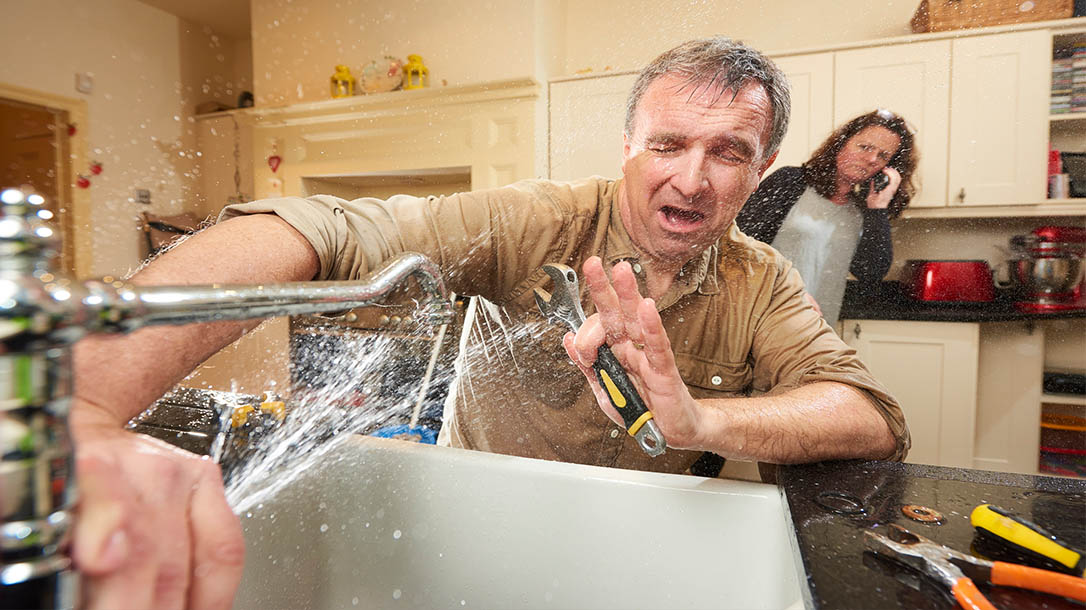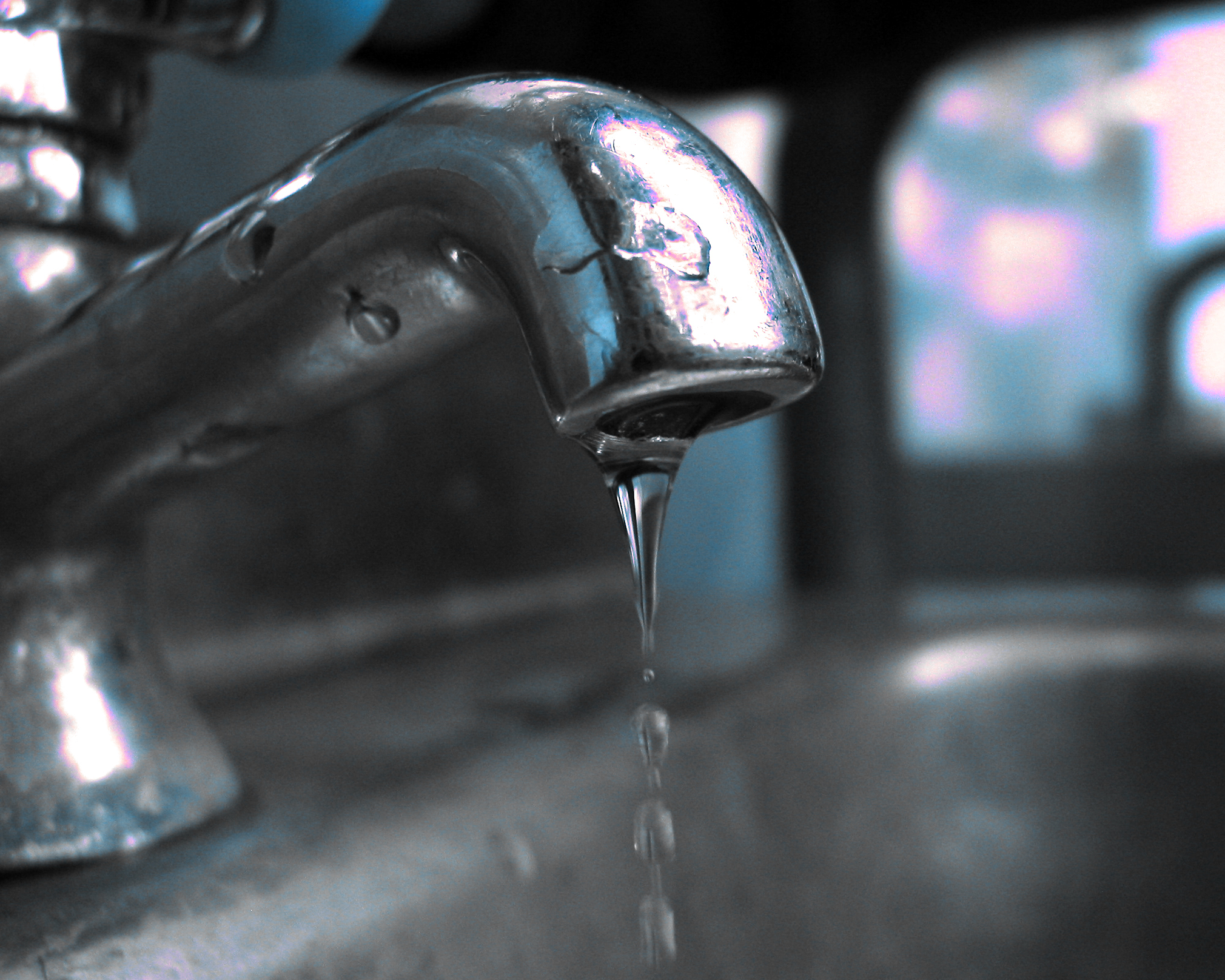Here on the next paragraphs you might get lots of worthwhile insights regarding 4 Common Reasons for a Leaky Faucet.

Trickling taps could feel like a small trouble, yet their influence surpasses just the nuisance of the audio. From drainage to sustaining unneeded economic costs and health dangers, neglecting a dripping faucet can lead to numerous consequences. In this article, we'll look into why it's vital to address this usual family problem promptly and properly.
Waste of Water
Ecological Impact
Trickling taps contribute dramatically to water waste. According to the Epa (EPA), a single faucet trickling at one drip per second can squander greater than 3,000 gallons of water per year. This not only stress water resources however additionally influences environments and wild animals depending on them.
Financial Prices
Increased Water Bills
Beyond the environmental effect, leaking faucets can inflate water bills substantially. The built up wastage over time translates into greater energy costs, which might have been avoided with timely repair services.
Prospective Building Damages
Furthermore, prolonged trickling can cause damage to components and surfaces bordering the tap. Water accumulation can cause discoloration, rust, and also structural concerns if left ignored, causing extra repair expenses.
Wellness Issues
Mold And Mildew and Mildew Development
The continuous visibility of moisture from a leaking tap creates an ideal atmosphere for mold and mildew and mildew development. These fungi not just compromise interior air quality yet also posture health and wellness risks, specifically for individuals with breathing problems or allergic reactions.
Waterborne Conditions
Stationary water in trickling taps can come to be a breeding place for bacteria and various other virus, raising the threat of waterborne conditions. Pollutants such as Legionella germs thrive in stagnant water, possibly causing severe diseases when consumed or inhaled.
DIY vs. Specialist Repair service
Advantages and disadvantages of DIY Fixing
While some may try to take care of a dripping tap themselves, do it yourself repairs feature their own set of obstacles. Without appropriate expertise and tools, DIY efforts can exacerbate the problem or bring about incomplete repair services, extending the trouble.
Advantages of Hiring an Expert Plumber
Employing a specialist plumber ensures that the underlying reason for the leaking tap is resolved properly. Plumbings possess the knowledge and devices to identify and repair faucet issues efficiently, conserving time and decreasing the threat of additional damage.
Step-by-Step Guide to Dealing With a Dripping Faucet
Devices Called for
Prior to trying to take care of a trickling faucet, collect the required devices, including a flexible wrench, screwdrivers, substitute components (such as washers or cartridges), and plumber's tape.
Usual Tap Issues and Their Solutions
Determine the type of faucet and the certain issue creating the drip. Typical troubles consist of damaged washers, corroded shutoff seats, or defective O-rings. Describe maker instructions or on-line tutorials for step-by-step advice on repair services.
Safety nets
Normal Maintenance Tips
To prevent trickling taps, carry out routine upkeep such as cleansing aerators, inspecting for leaks, and replacing worn-out parts immediately. In addition, take into consideration installing water-saving devices or updating to extra reliable components.
Relevance of Prompt Services
Resolving trickling taps as quickly as they're discovered avoids further water wastage and possible damages, eventually saving both water and cash over time.
Impact on Residential Property Value
Assumption of Well-Maintained Building
Preserving a home in good condition, including attending to maintenance problems like leaking taps, enhances its regarded value and value amongst potential purchasers or lessees.
Influence on Resale Value
Features with well-maintained plumbing fixtures, including faucets, command greater resale worths in the property market. Addressing dripping faucets can contribute to a positive impact throughout home inspections and settlements.
Ecological Duty
Specific Payment to Preservation
Taking obligation for taking care of leaking taps aligns with broader initiatives toward water conservation and ecological sustainability. Every individual's actions jointly make a considerable effect on preserving priceless resources.
Sustainable Living Practices
By focusing on prompt fixings and embracing water-saving practices, people add to sustainable living techniques that benefit both existing and future generations.
Conclusion
Attending to a dripping faucet surpasses mere comfort; it's a vital action toward saving water, decreasing monetary prices, and safeguarding health and wellness and property. Whether with DIY fixings or specialist assistance, taking action to repair leaking faucets is a small yet impactful means to advertise accountable stewardship of sources and contribute to a healthier, much more sustainable future.
How to Fix a Leaky Faucet: Step-by-Step Repair Guide
A leaky faucet may seem like a simple annoyance, but if it's not fixed promptly, that leak could cost hundreds to potentially thousands. From water damage to mold, mildew, and high water bills, even a tiny leak can be catastrophic if left unattended. Damage like this can even affect the overall value of your home, so it's important to take the right approach for leaky faucet repair. You may need the help of a plumber in some cases, but we've got a few tips you can try on how to fix a leaky faucet before calling the pros.
Four Faucet Types
When you're learning how to fix a leaky faucet, the first step is knowing what kind of faucet you're working with! There are four common types.
Cartridge Faucets
Cartridge faucets come in one- or two-handled varieties. In one-handled cartridge faucets, hot and cold water combines in a single cartridge. In the two-handled versions, hot and cold water are controlled separately and mixed in the faucet.
Ball Faucets
Ball faucets have a single lever you push up and down to adjust the pressure and rotate to change the temperature. A slotted metal ball controls the amount of water allowed into the spout.
Compression Washer Faucets
They're the oldest type of faucet, but they're still used in many homes — especially older ones. Compression faucets have two separate handles that, when turned, raise or lower the washer that seals a water valve. This valve stops water from flowing through the faucet when it is turned off.
Disc Faucets
Disc faucets rarely need to be repaired due to their maintenance-free design. The water flow is controlled by two discs — the upper one raises and lowers against a fixed lower disc, creating a watertight seal. If your disc faucet starts leaking, you may need to replace the seals or clean residue buildup from the inlets.
Fixing a Leaky Faucet
Step 1: Turn Off the Water
Whether you're learning how to fix a leaky bathtub faucet or how to fix a leaky kitchen faucet, always turn off the water supply to your working area when you're fixing a leak. The last thing you want is a flood added to your list of things to fix.
Look for the shutoff valves below your sink or around the tub and turn them clockwise to stop the water flow. If your faucet doesn't have shutoff valves, you may need to turn off the water for the whole house. Check to make sure it's off by turning the faucet on. If nothing comes out, you're ready to start the repair.
Step 2: Take Apart the Faucet
How you disassemble your faucet depends on the type of fixture you have. You can use a flathead screwdriver to remove the caps on top of the handle or handles for cartridge and compression faucets. Inside, you should see handle screws. Unscrew these with a screwdriver to remove the handle.
Disc- and ball-style faucets will typically have an inlet screw near the handle, and removing that will reveal the interior of the faucet.
Detach the Valve Stem
For cartridge- and compression-style faucets, you'll see the inner valve stem or cartridge once you remove the faucet handles. If you have a compression faucet, unscrew the brass valve stem. If you have a cartridge faucet, pull out the cartridge. If your cartridge has been in place for a while, it may require some tools or extra force to remove it due to mineral deposits.
Examine and Replace Parts
Once you've removed the parts, check them out to confirm what needs to be replaced. You may see corroded rubber washers, O-rings, stems, or cartridges. On a ball-style faucet, check the seats and springs for damage.
If you need to repair a leaky disc faucet, check the inlet and seals on the lower disc.
Once you determine what parts must be replaced, visit your local hardware store. Bring the damaged parts with you to ensure you can purchase the correct components to replace them.
Clean Valves and Faucet Cavity
If you've removed a stem or cartridge, you may notice mineral buildup in the faucet's threads. Use white vinegar to clean the valve seat by soaking it for a few minutes, then scrub it away with a soft toothbrush and rinse with warm water. You can also clean the interior of the faucet in the same way.
Reassemble the Faucet
Once your faucet is cleaned and the required parts have been replaced, it's time to reassemble it. Put the pieces back together and slowly turn the water supply back on. Doing this slowly is crucial because too much initial water pressure can damage the new hardware you've just installed.
https://homewarranty.firstam.com/blog/how-to-fix-leaky-faucet

As a reader on Why It's Important to Fix Leaky Faucets, I figured sharing that article post was really helpful. Do you know another individual who is fascinated with What Causes Leaky Faucets & How To Fix Them? Be sure share it. I am grateful for being here. Return soon.